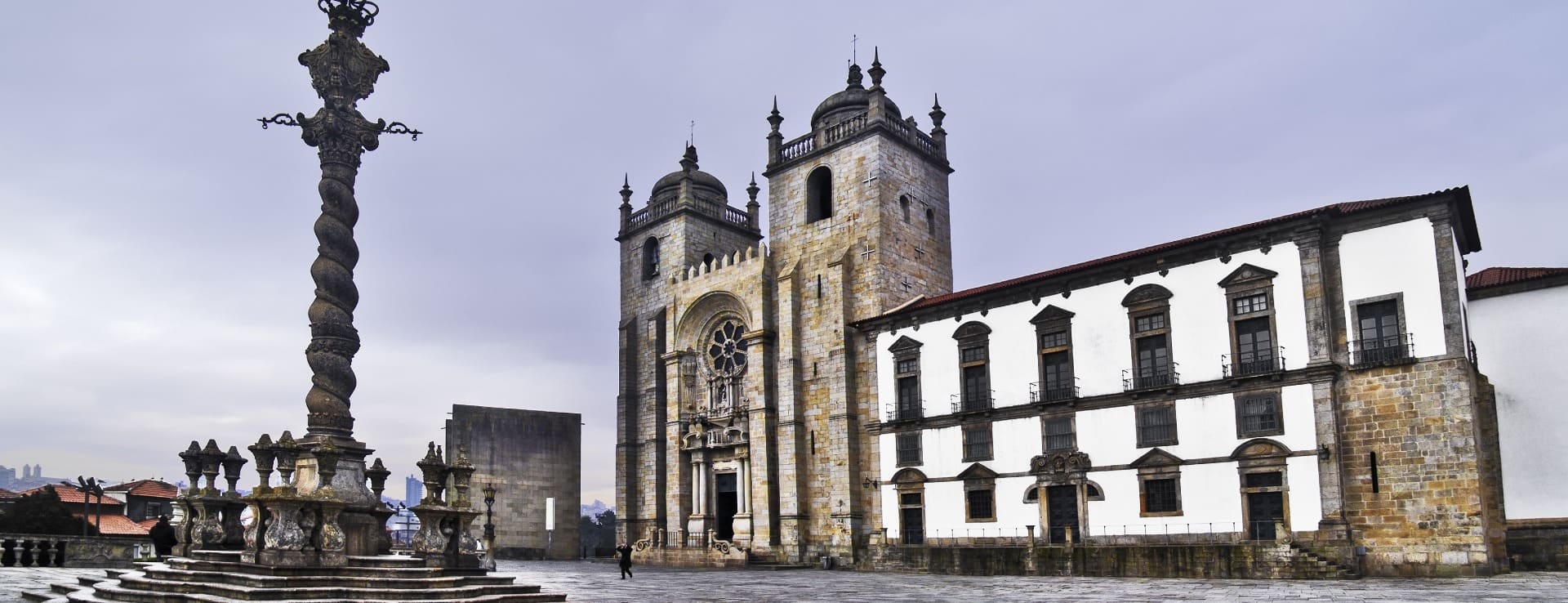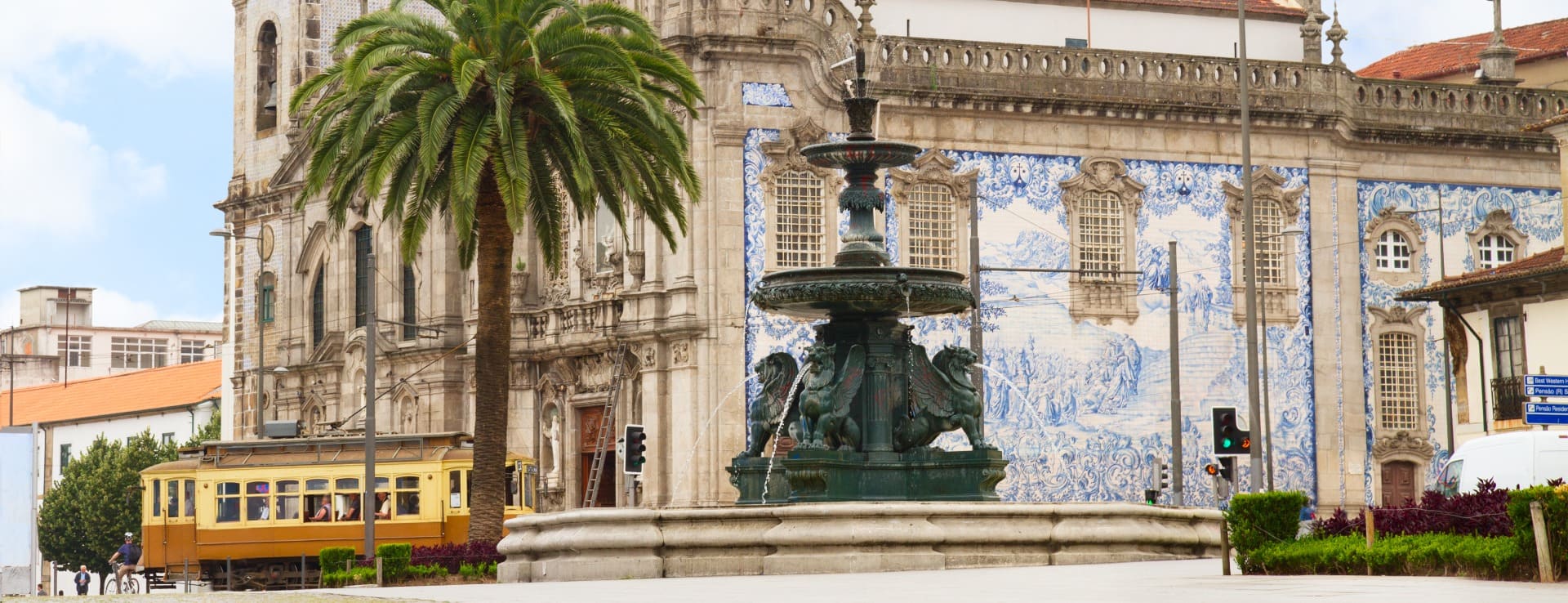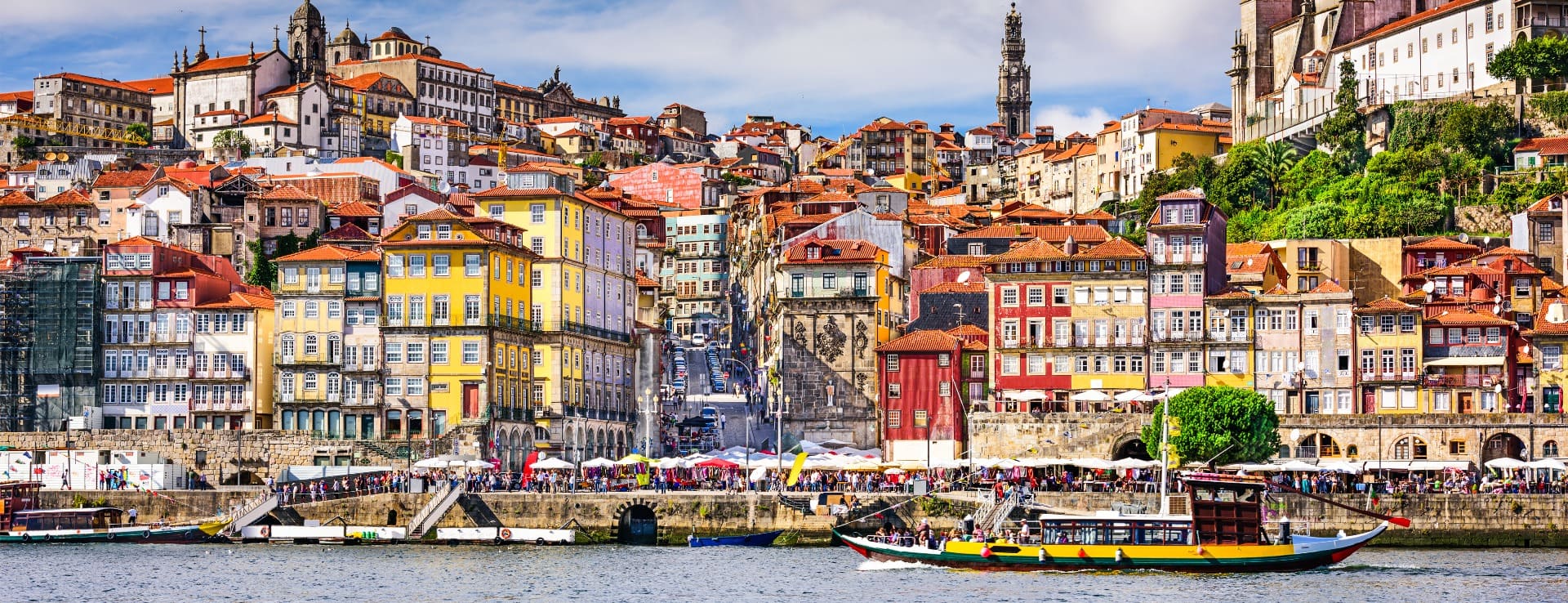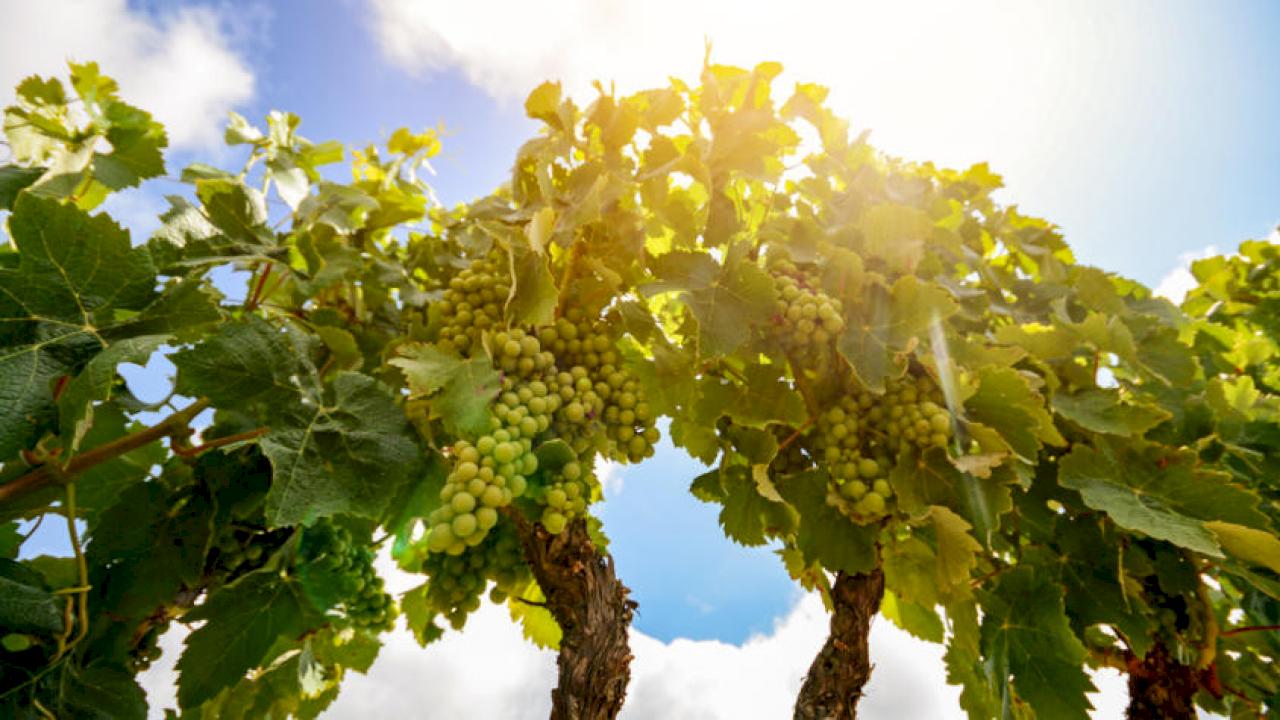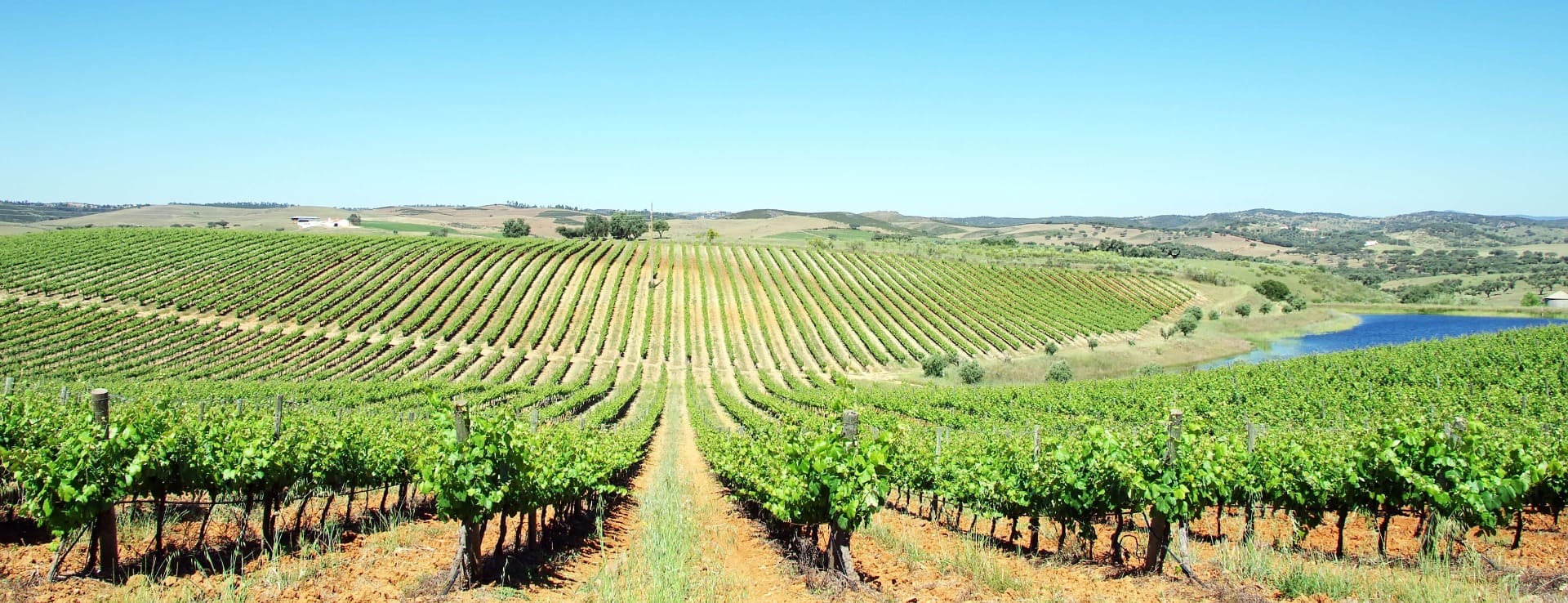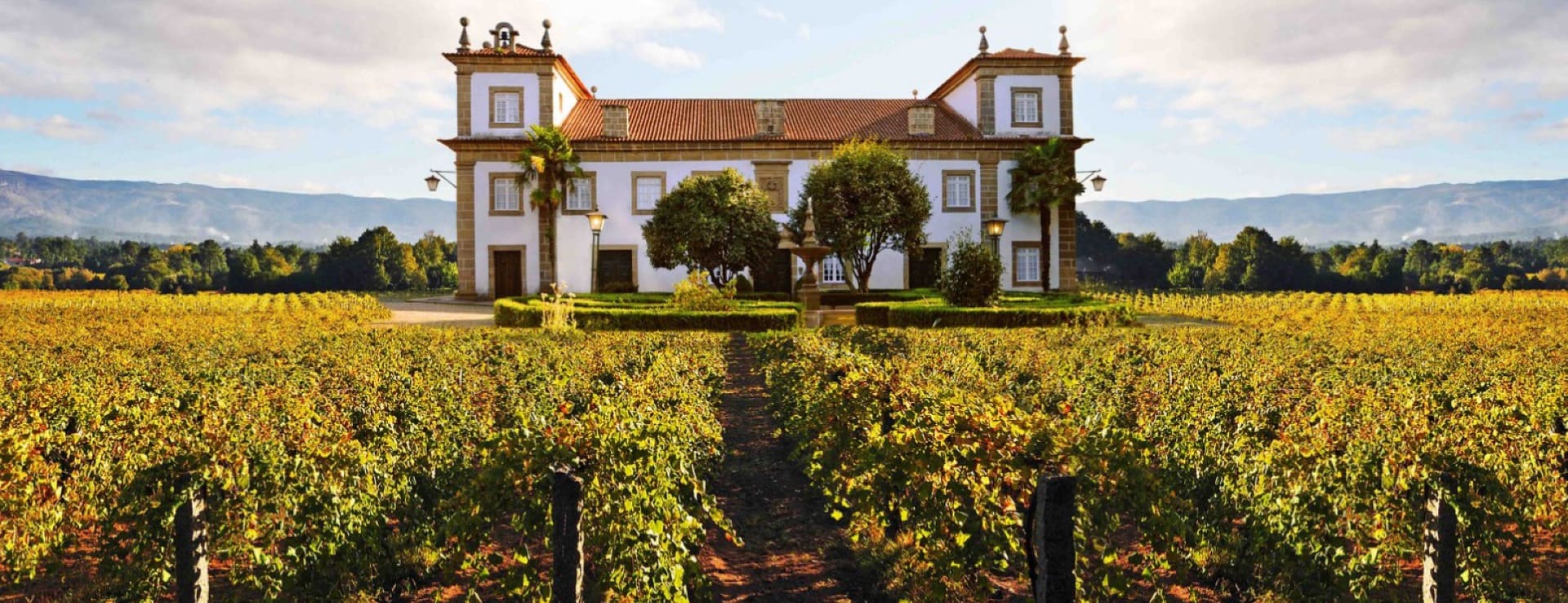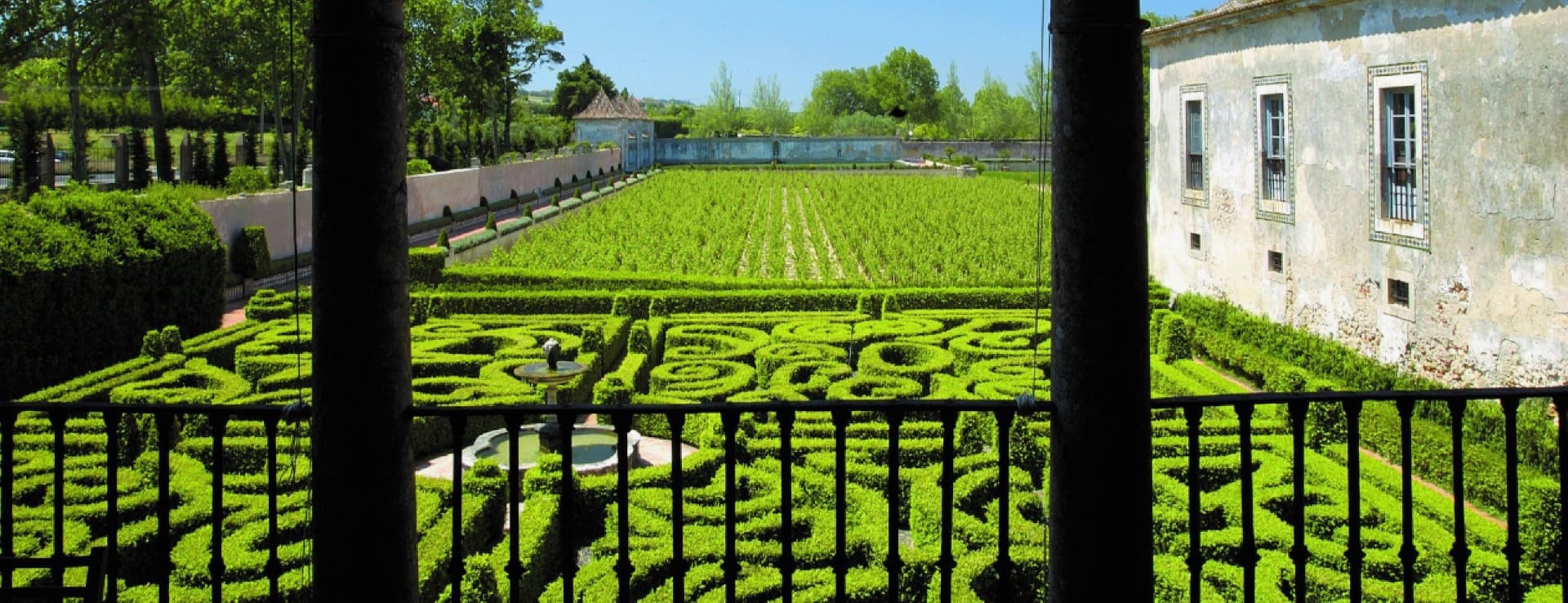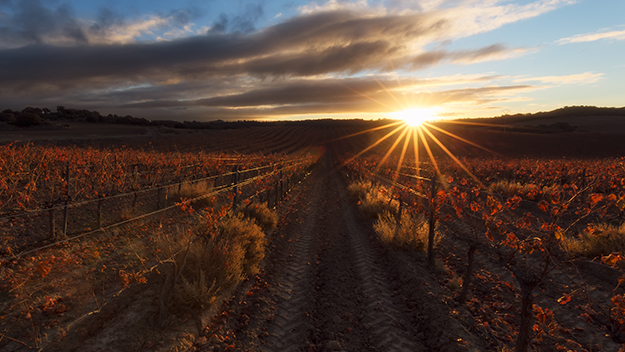Find your winery or vineyard
4 Wineries and Vineyards for sale in Oporto
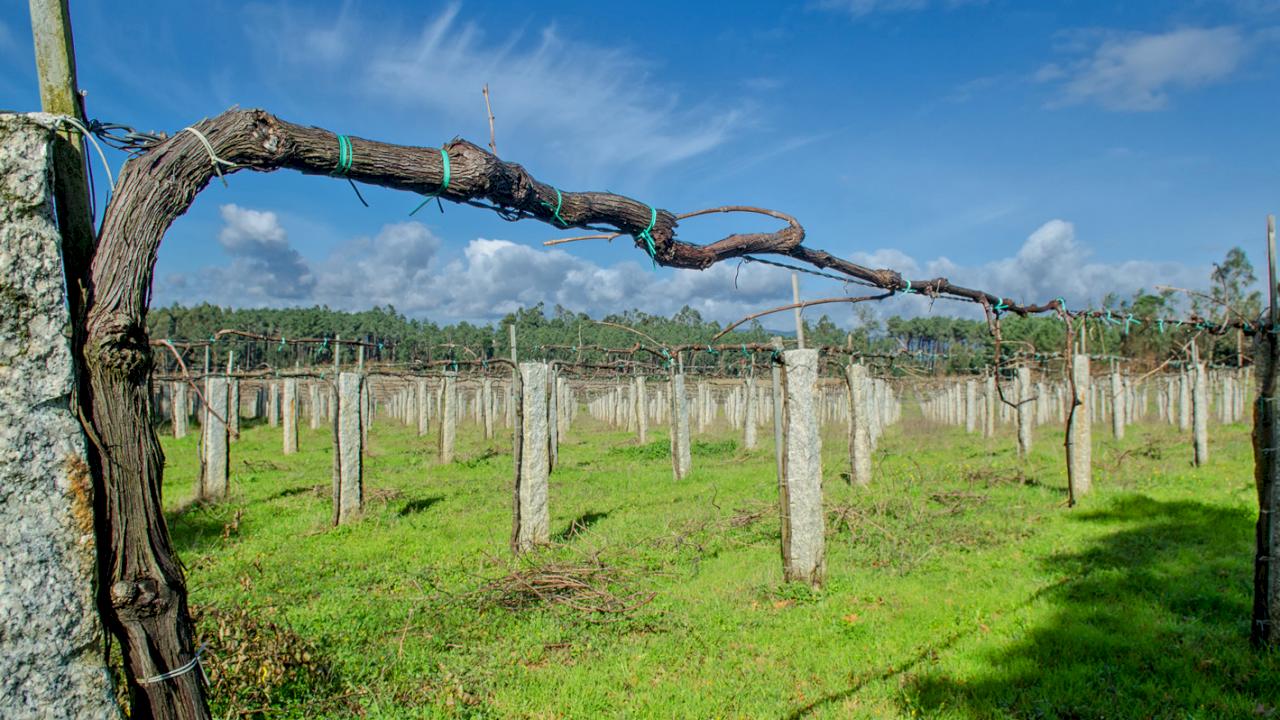
Luxury hotel from XVII Century with winery.
Hotel winery in DOC Vinhos Verdes.
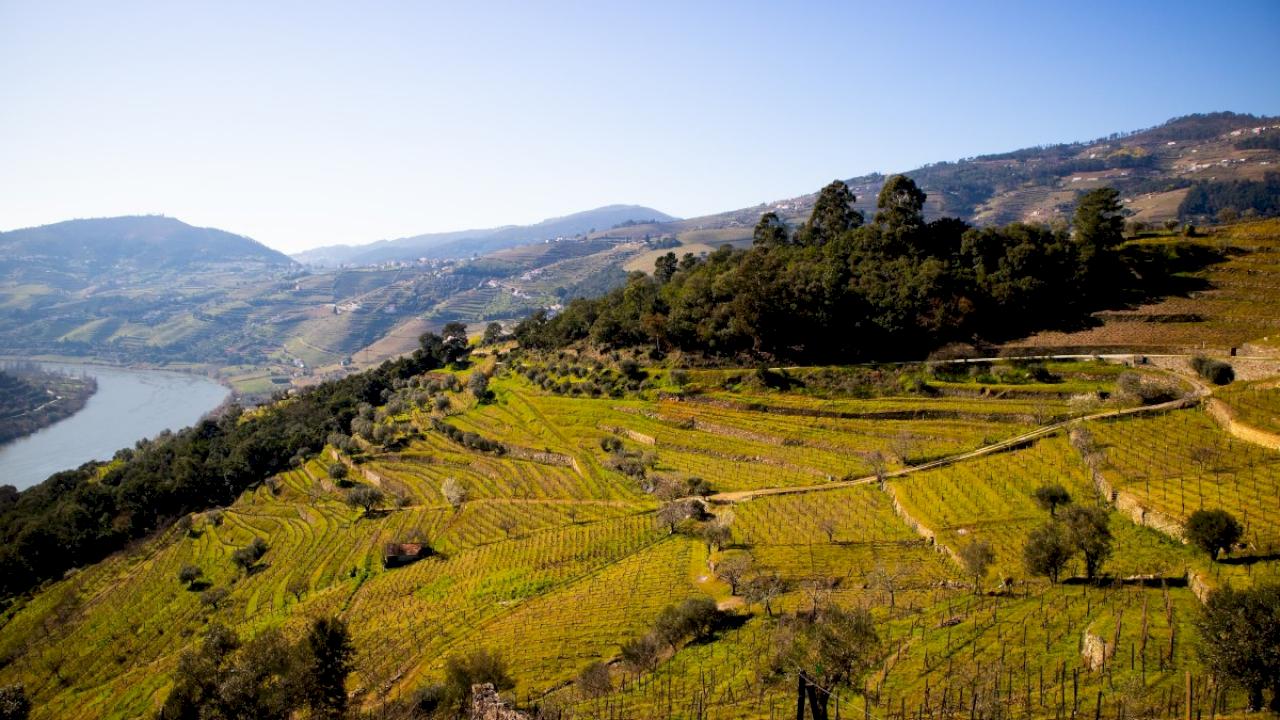
Historic house with wine tourism and 25 ha of vineyards
DOC Douro y DOC Port
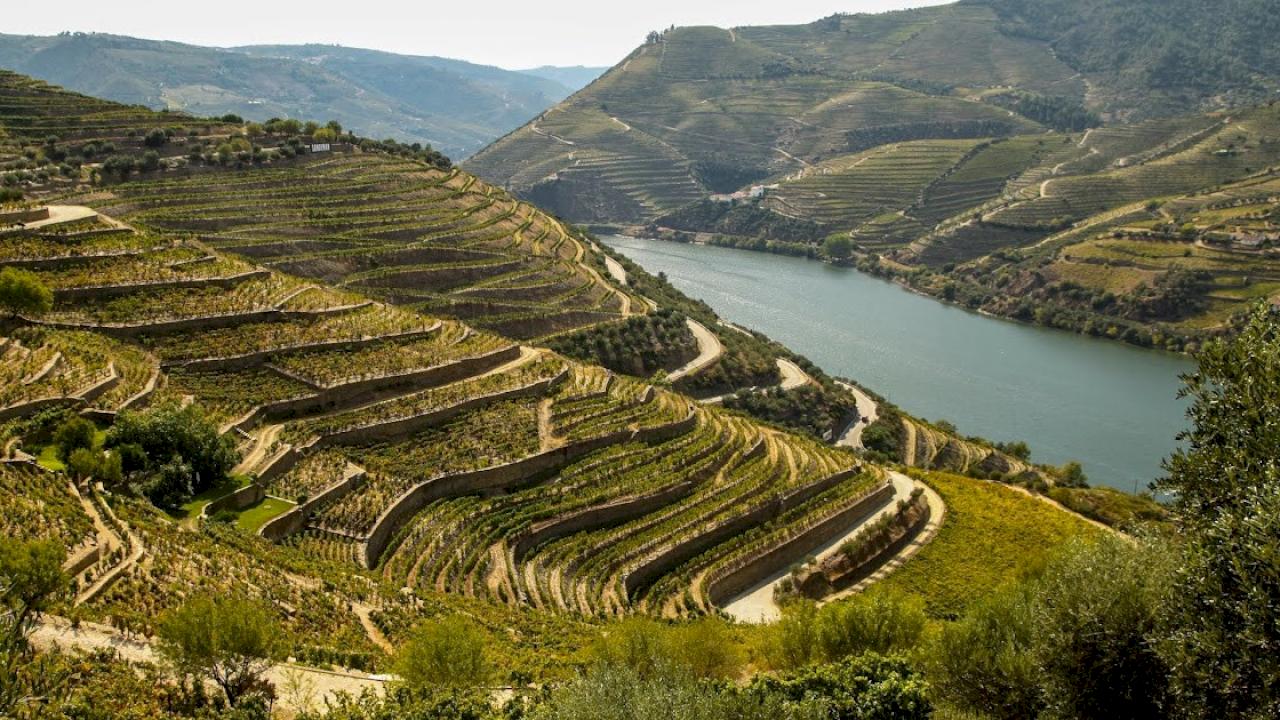
Winery with 15 hectares of vineyards, spectacular views.
DOC Douro y DOC Port
Infographic of the Denomination of Origin

Change to imperial units (ft2, ac, °F)Change to international units (m2, h, °C)
D.O. year of foundation:
1908
Number of wineries (2017):
56
Total surface area:
21.000 ha51.891 ac
Maximum production allowed:
23.500 kg/ha20.965 lb/ac
Altitude of the vineyards:
Min: 300m
Max: 700m
Min: 984ft
Max: 2.297ft
Temperature:
Min: 10º
Max: 22º
Min: 50°F
Max: 72°F
Yearly rainfall:
1.600 l/m2149 l/ft2
LOCATION
The Portuguese region of Vinho Verde includes a great part of the so-called Portuguese northwest and it is made up of 45 towns: all those from the Viana do Castelo, Braga and Porto, two of the Vila Real district (Mondim de Basto and Ribeira de Pena); two from Viseu (Cinfaes and Rezende) and three from the Aveiro district (Castelo de Paiva, Arouca e Vale de Cambra).
The region borders to the south by the Montemuro (1382m), S. Macario (1053m), Arada (1057m) and Arestal (1048m) mountain ranges and to the west by the Atlantic Ocean as a moderating element of the regional climate. In the interior of the region are worth mentioning the Serras do Carvalho, Camiro (528m) and Citaneas (570).
With regards to topography, the region is a kind of amphitheatre facing the Atlantic Ocean, with a very varied and pronounced relief and a very specific type of climate, with heavy rainfall, noticeable cloudiness, high atmospheric humidity and mild temperatures without great thermal variations.
Hydrographically speaking, the region is very rich, with numerous minor waterways, five of the ten national rivers and their tributaries provide the freshness and green panorama of this area. The rivers of this area are: the Minho (tributary Coura), the Lima (tributary Vez).
Subregions
The DOC Vinho Verde is divided into nine official subregions based on different grape varieties and soils. The subregions of this province are: Ave, Sousa, Amarante, Baiao and Paiva.
The Ave subregion is the largest and also the most urbanized of the DO, it comprises the industrial cities of the north of Oporto which are: Vila Nova de Familicao, Fafe, Guimaraes, Santo Tirso and Trofa as well as Póvoa de Lanhoso, Vieira do Minho, Póvoa de Varzim, Vila do Conde and part of Vizela. The wines produced are mainly white from the varieties Loureiro, Arinto and Trajadura.
The subregion of Sousa has also been developed. The towns are: Penafiel, Lousada, Paredes, Felgueiras, Paços de Ferreira and part of Vizela. Azal and Arinto are the most traditional varieties with Loureiro, Trajadura and Avesso planted in the new vines. Amaral, Borraçal, Espadeiro and Vinaho are the red varieties.
The subregion Amarante includes Amarante and Marco de Canaveses. It is in the interior part and well protected from the Atlantic Ocean. Azal and Avesso are the main white varieties and Vinaho, Amaral and Espadeiro, the red varieties. A large quantity of red wine is produced in this region.
The subregion of Baiao extends to the Duero Valley, designated as Douro Verde, covering the towns of Baiao and part of Resende and Canfaes to the south. The climate in this region is hotter than in the rest of the DO and produces wines with a higher level of alcohol, mainly from the Avesso grape variety.
The subregion Paiva is the smallest and southern within the DO. It includes Castelo de Pavia and part of Cinfaes. It produces mainly red wines from the grape variety Amaral and Vinhao. Avesso, Arinto, Loureiro and Trajadura produce intense whites.
POINTS OF INTEREST
In the heart of the historic centre of Porto is located the Sé do Porto dating back to the 12th century.
The Igreja de São Francisco, featuring a Gothic style was built in the 14th century highlighting a golden molding of the baroque era added later in the 18th century. The Clérigos Church was built between 1735 and 1748 with its own baroque style.
Other monuments of the city are: the Forte de São Francisco Xavier do Queijo within close proximity to the estuary of the Douro river, the Stock Exchange Palace of neoclassic style and the library Lello e Irmão as one of the most beautiful libraries worldwide. A stroll during the sunset by the banks of the Douro, a World Heritage Site, located between the Dom Luís I Bridge and the Arrábida Bridge. The São Bento railway station is of the most beautiful and has been operating since 1896. It is worth mentioning its walls with more than 500 square metres of tiles. The Fernandine Walls of Porto are medieval structures which surrounded the city and Vilanova de Gaia is where the wineries of Porto are located.
D.O./Valle (wine regions)
Discover more wineries and vineyards for sale in these wine regions in Portugal
Subscribe to our mailing list to receive news about wineries and vineyards.


